Transport Bridges and uST String Rail Complexes as Alternatives
While bridges remain a crucial component of transport infrastructure, their construction often incurs enormous costs and ongoing expensive maintenance. In an era of expanding urban areas and congested traffic flows, traditional bridge projects are increasingly seen as insufficient solutions to contemporary challenges. Consequently, specialists are turning their attention to modern technologies, such as uST string rail complexes, which present a more economical and functional alternative.
Main Types of Bridges
Bridges are among the oldest examples of effective engineering, with some surviving crossings dating back over 3,000 years, originally built by the ancient Romans. It is known that bridges were in use even earlier.
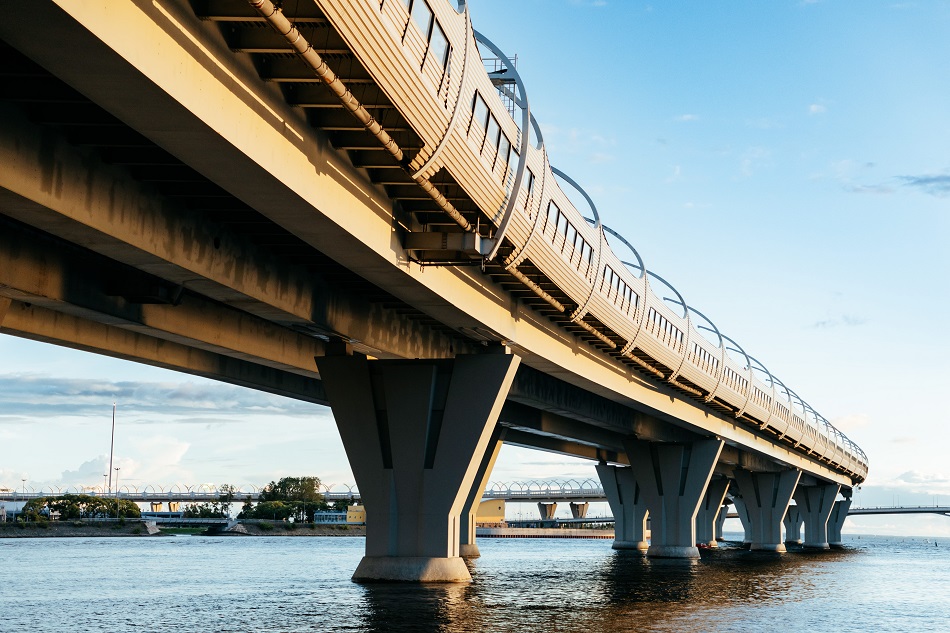
In terms of design, modern bridges can be classified into static and movable types. Static bridges include beam, strut, and composite types, while movable bridges, though rarer, are employed in situations where other engineering solutions are impractical.
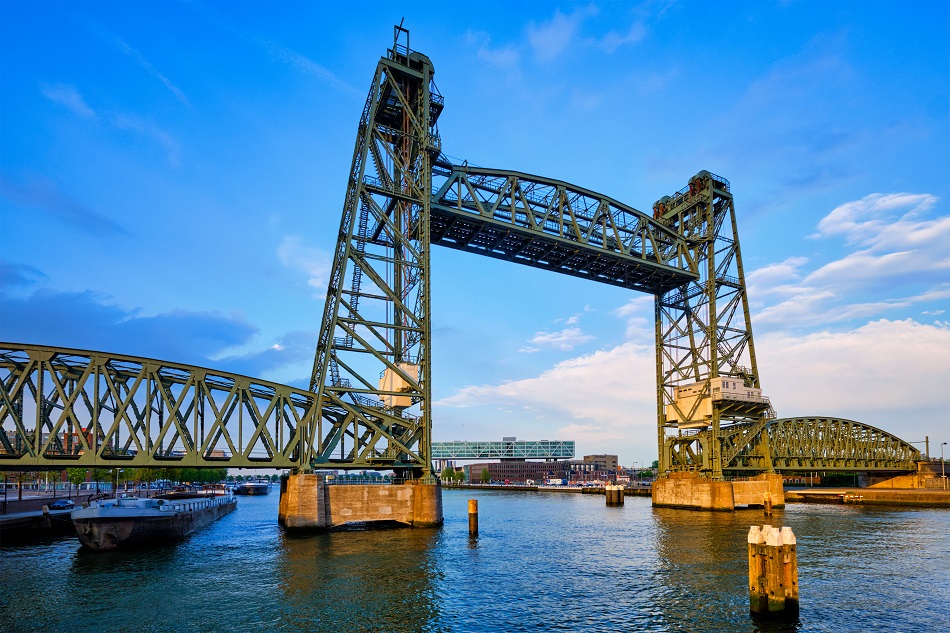
All bridge types share common elements: span structures comprising beams and trusses, and supports that include shore supports (abutments) and supporting towers (piers). Notably, drawbridges have spans that can move relative to their supports to accommodate passing vessels, adjusting along the x, y, or z axes.
High Costs and Vulnerability
Despite their logistical importance, the construction of bridges today is often economically unviable. The cost of building a modern bridge is staggering, with 1 km of a single-lane crossing costing up to five times more than a similar length of road. Factors contributing to these costs include the necessity for comprehensive geological assessments, the complexities of constructing foundations on unstable soils and in water, adverse climatic conditions, logistical challenges, and high material intensity.
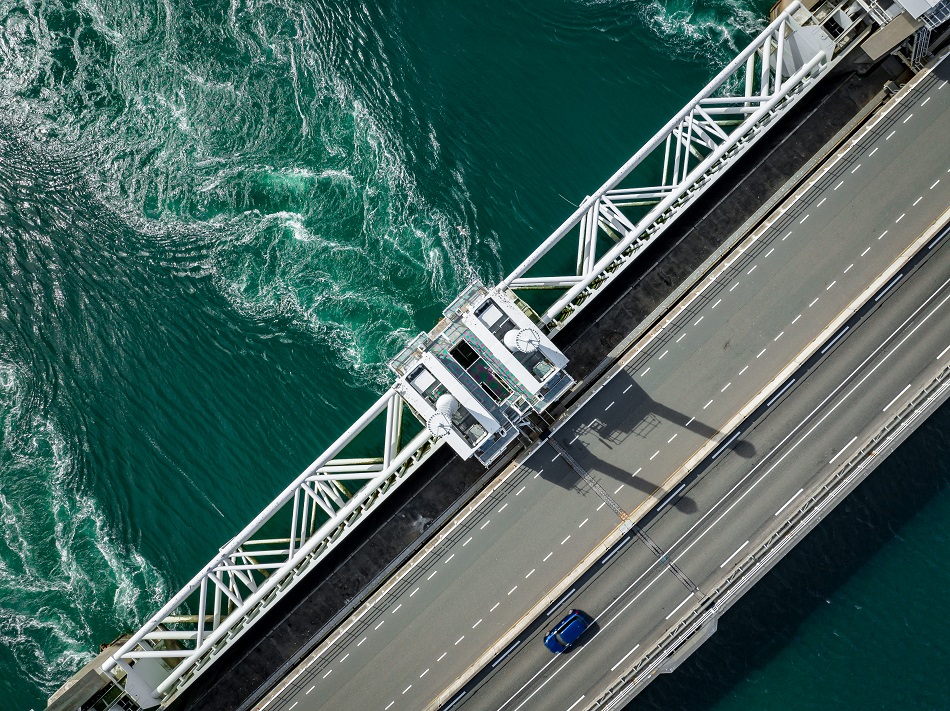
In addition to these general challenges, there are specific local issues, such as the economic underdevelopment of certain areas, which complicates logistics due to lengthy detours and urbanized road networks. These networks frequently pass through populated areas, inflating project costs with land acquisition expenses and the relocation of existing utilities.
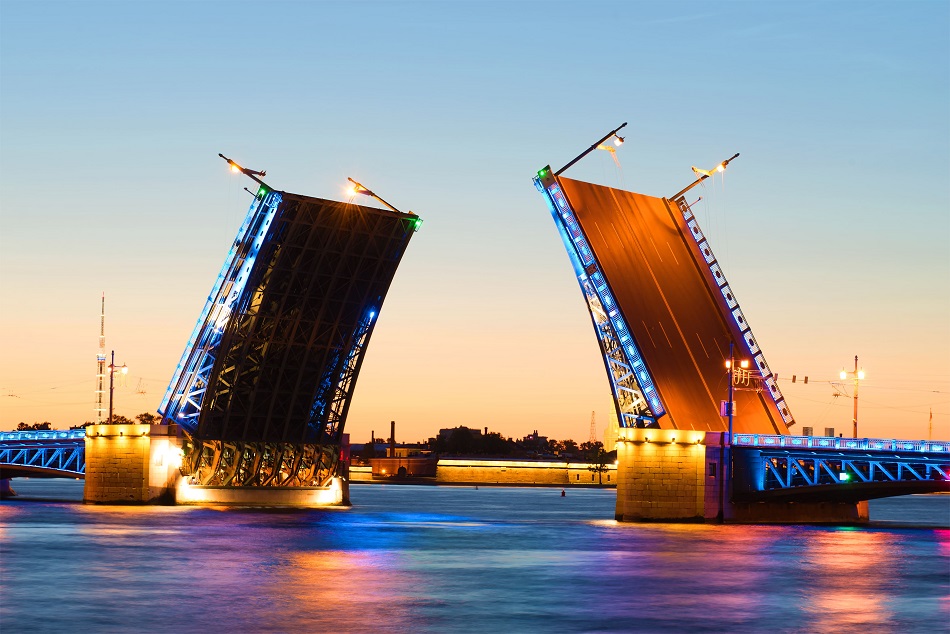
Regular maintenance also imposes a significant financial burden, typically requiring a budget of 2-4% of the total construction cost. In the United States, annual expenditures for inspections, road surface repairs, cable and joint maintenance, painting of reinforced concrete structures, and facility security can reach approximately USD 14.4 billion.
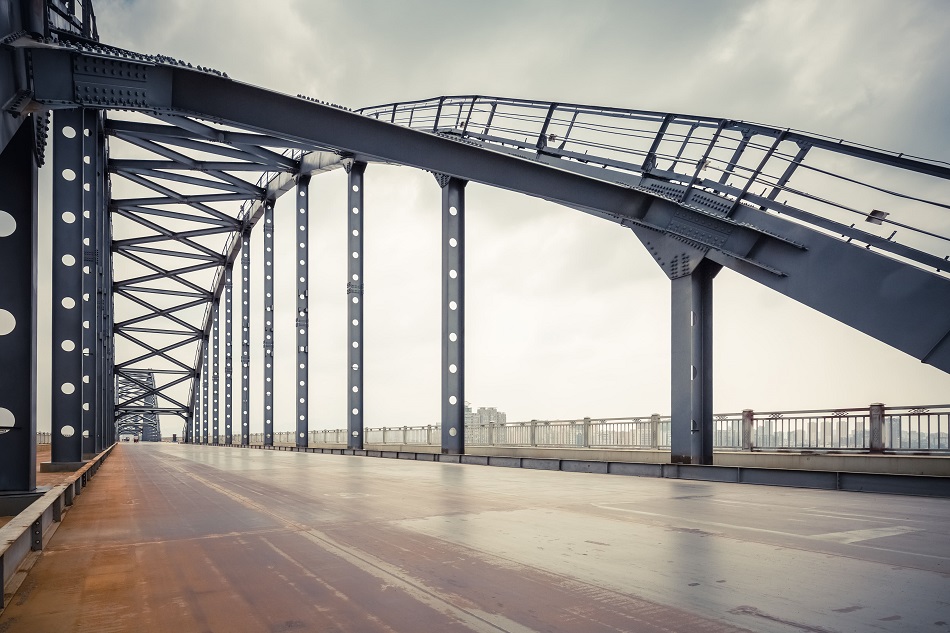
Drawbridges, in particular, are among the most expensive to construct and maintain. They necessitate three types of drives (electric, backup, and emergency), braking mechanisms, and technical rooms. Furthermore, they are susceptible to weather conditions, with operations becoming impractical at wind speeds exceeding 30 m/s.
Cost of Construction and Annual Maintenance of Bridges
| Bridge Type / Project | Construction Cost | Annual Maintenance (2–4%) | Example |
| Small Urban Bridge (50–200 m) | $10–50 million | $0.2–2 million | Typical urban crossings |
| Medium Road Bridge (up to 1 km) | $100–500 million | $2–20 million | Bridges over major rivers |
| Large Bridge (1–3 km, bays, straits) | $1–3 billion | $20–120 million | Russky Bridge (Vladivostok, Russia) |
| Iconic Megaproject (5–20+ km) | $5–20 billion | $100–800 million | Crimean Bridge, Hong Kong–Macau bridges |
| Drawbridge (complex mechanics) | €100–200 million | €2–8 million + drive maintenance | Jacques Chaban-Delmas Bridge (Bordeaux, France) |
Another Path
In contrast, uST string rail complexes can address similar logistical challenges more efficiently and affordably. For instance, constructing a crossing over a body of water does not inherently require the complex design of a drawbridge, as demonstrated by the London municipality’s order for a retractable pedestrian bridge in 2005. Such projects often become landmarks, serving a transport function only in name.
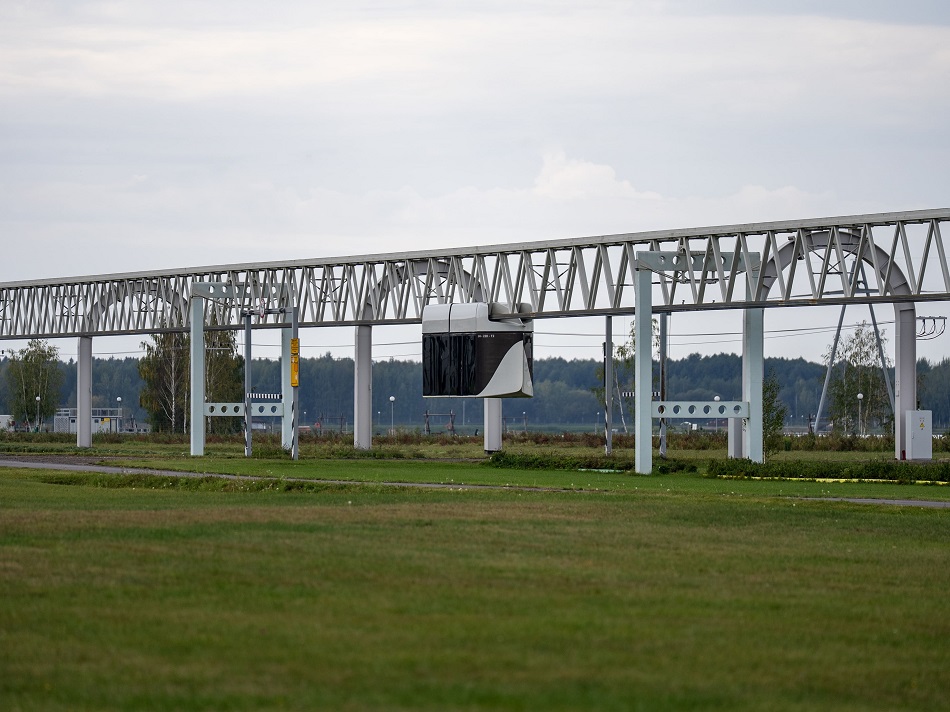
It is noteworthy that constructing 1 km of a string rail overpass is several times less expensive than building 1 km of a transport bridge. For example, the Jacques Chaban-Delmas Bridge, one of the costliest crossings, came in at USD 183 million. In contrast, the anchoring structures and supporting towers of a uST complex are visually light and can enhance urban aesthetics, providing not only a convenient transport solution but also an attractive tourist destination.
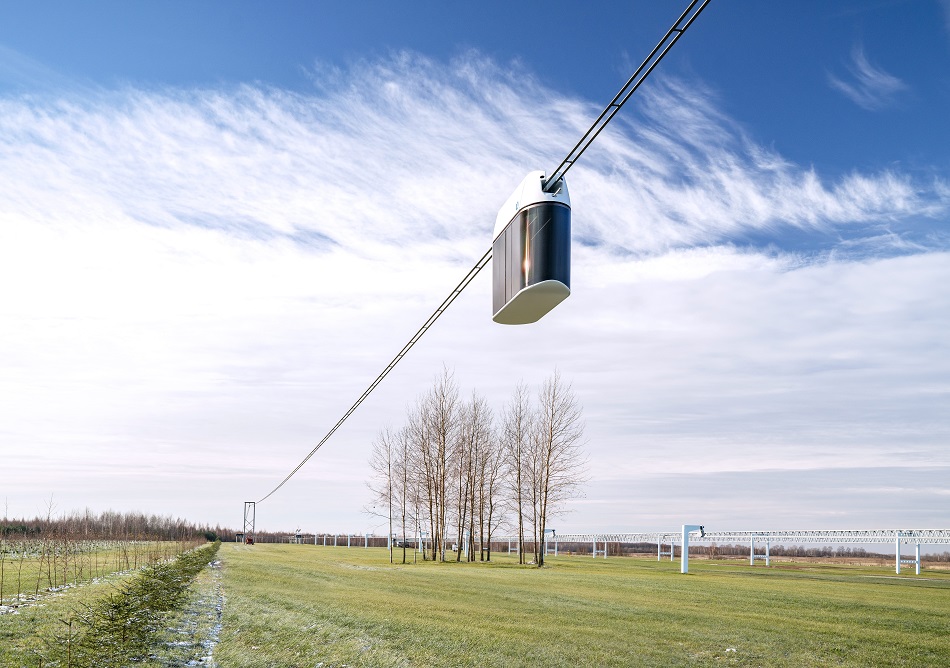
Additionally, the transport infrastructure can remain operational. The “second level” system, with track structures elevated at 10 meters, allows both above-ground passenger and water transport networks to function simultaneously without interference. This flexibility contrasts sharply with drawbridges, which halt all ground traffic for several hours when their movable sections are raised to allow vessels to pass.
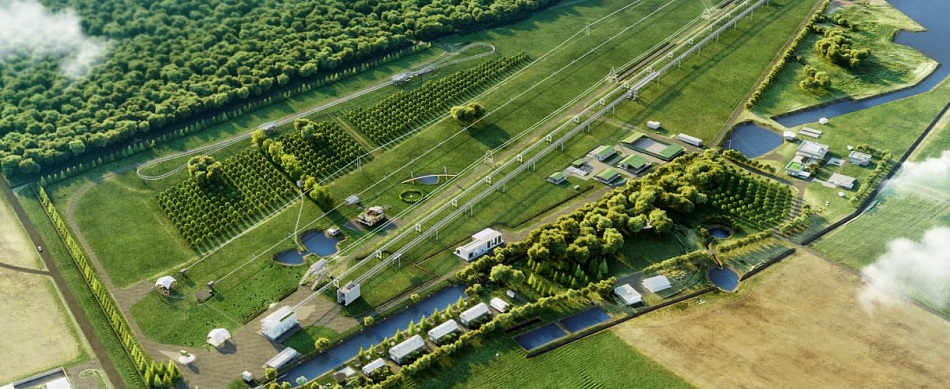
Moreover, while drawbridges are vulnerable to adverse weather, rendering them inoperable during strong gusts, uST transport is designed to withstand more extreme conditions, ensuring uninterrupted service.
New Solution
Today, bridges remain a popular solution for establishing logistics routes. With advancements in technology, they can achieve impressive lengths and technical sophistication. However, the construction of bridges is costly, and their operation comes with inherent drawbacks. In this context, uST transport infrastructure complexes offer a viable alternative that can both replace and complement traditional engineering solutions, enhancing the convenience and efficiency of transport systems.
More news
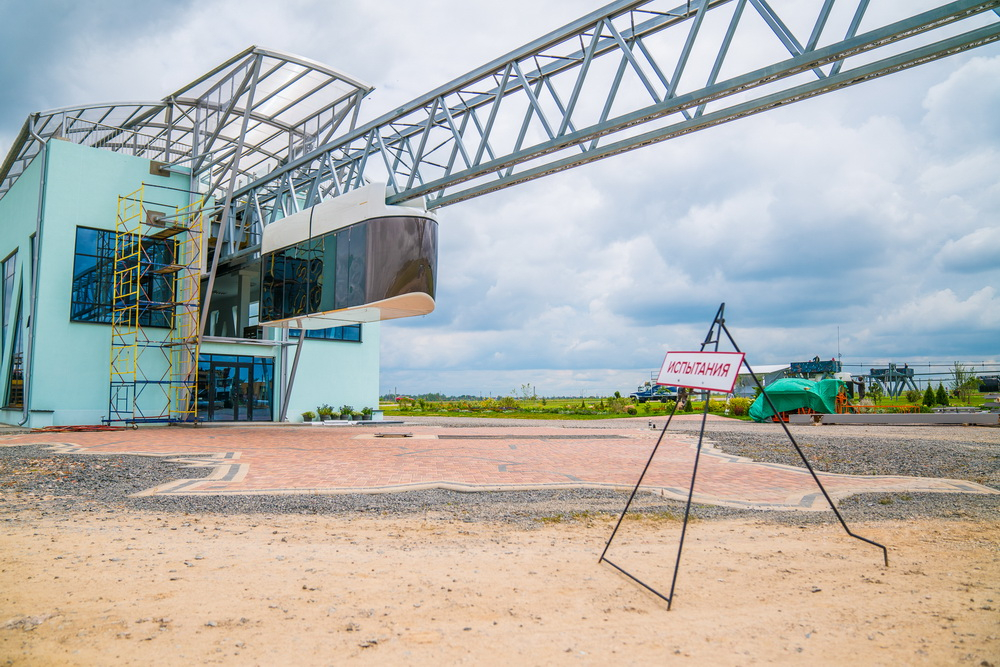
Blog
7 December 2021
Unitsky String Technologies Inc. Introduces Energy-Independent Types of Transport Retardation
Current brake systems require continuous maintenance, repair and replacement of consumables because of friction surfaces, which makes their improvement relevant over time. UST transport systems will be equipped with eddy-current retarders.
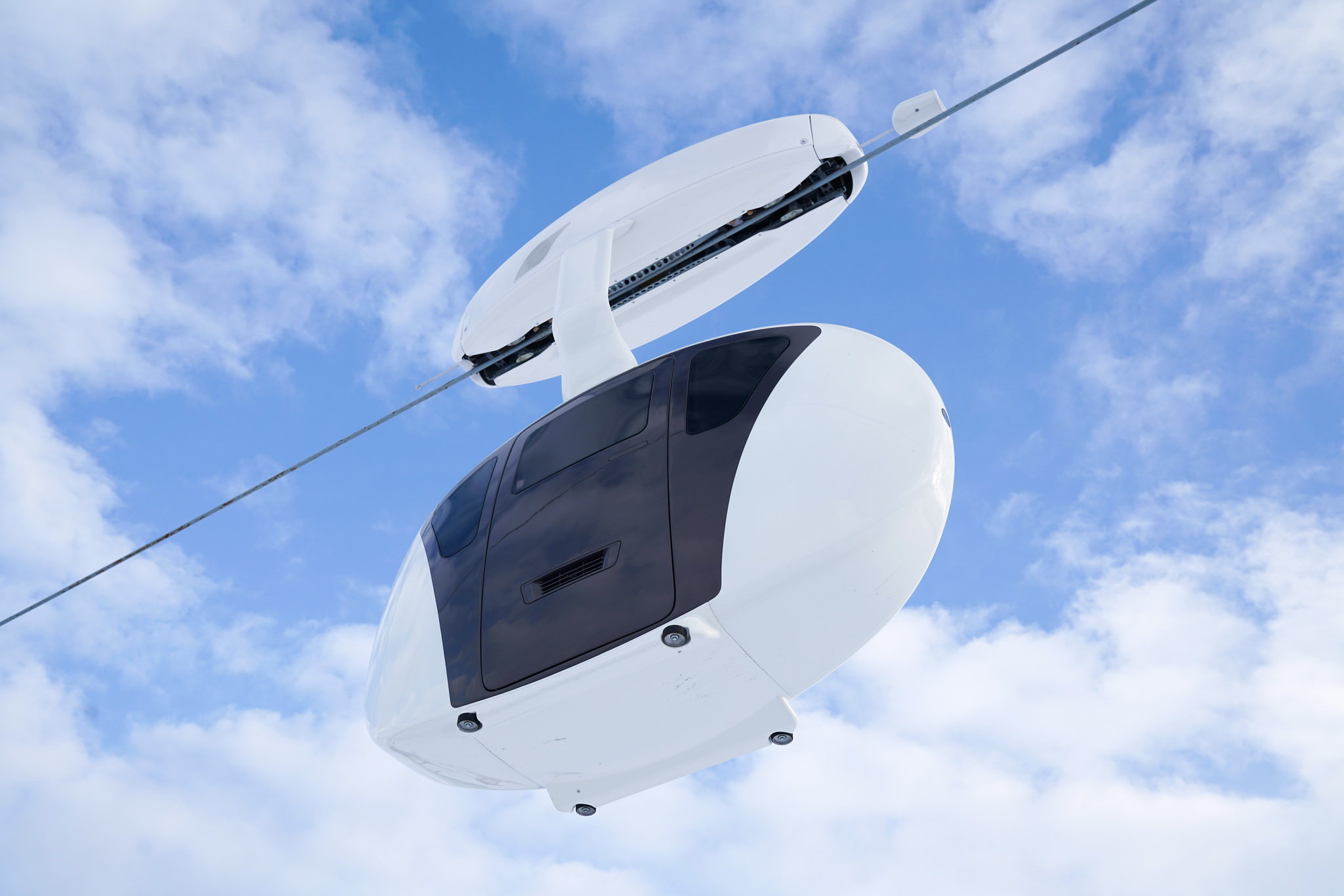
Interviews
19 November 2021
UST Report: the uWind Was Tested in the EcoTechnoPark. How Was That?
Unitsky String Technologies Inc. is running massive testing of the vehicles. This time’s object was the uWind. We prepared a short report for you to learn every detail on the tests of innovative transport.
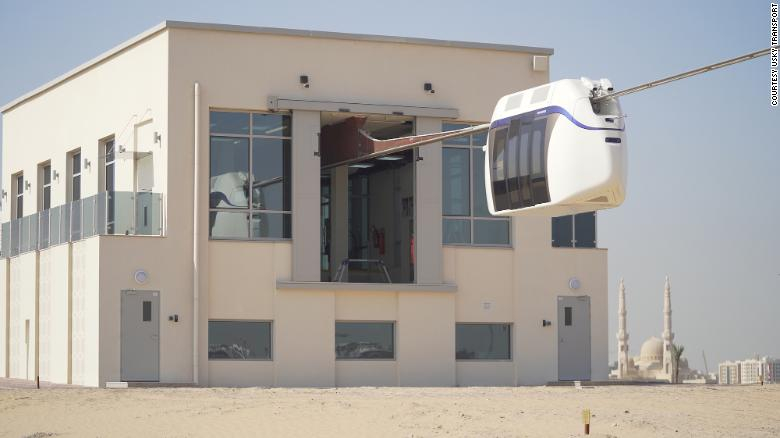
Opinion
9 July 2021
CNN Has Published an Article About the Transport Systems by UST Inc.
The transport by Unitsky String Technologies Inc. has become in focus of one of the world’s largest media. On 8th of July, CNN published an article about the transport and infrastructure complexes by UST Inc.

